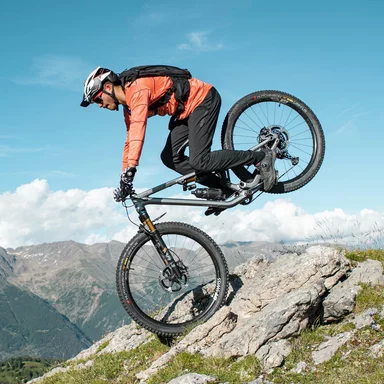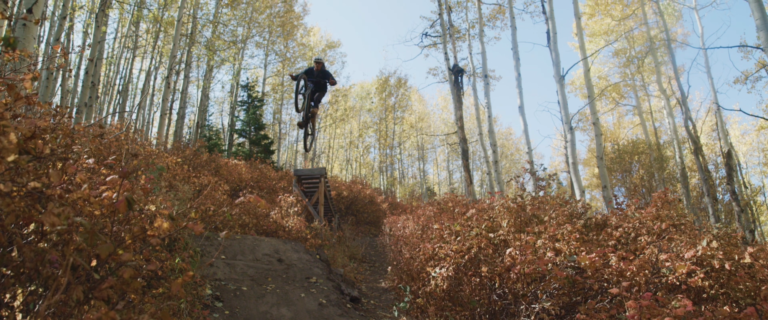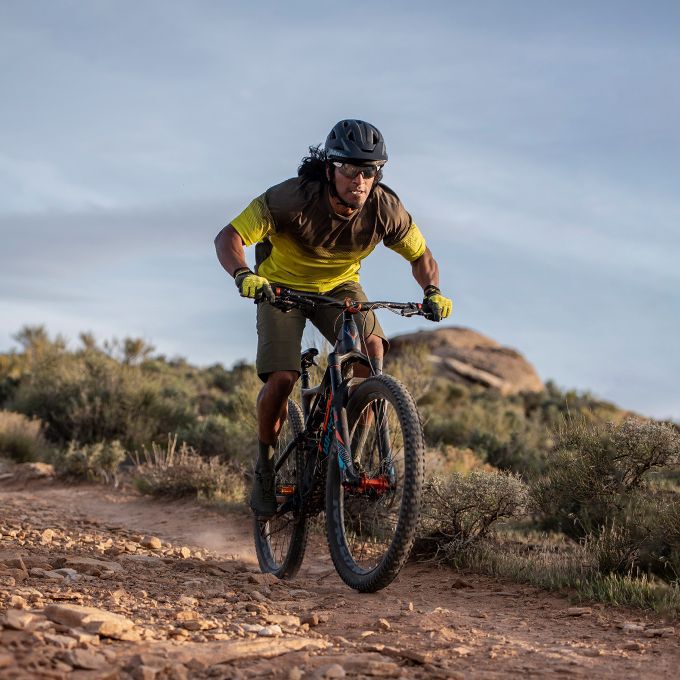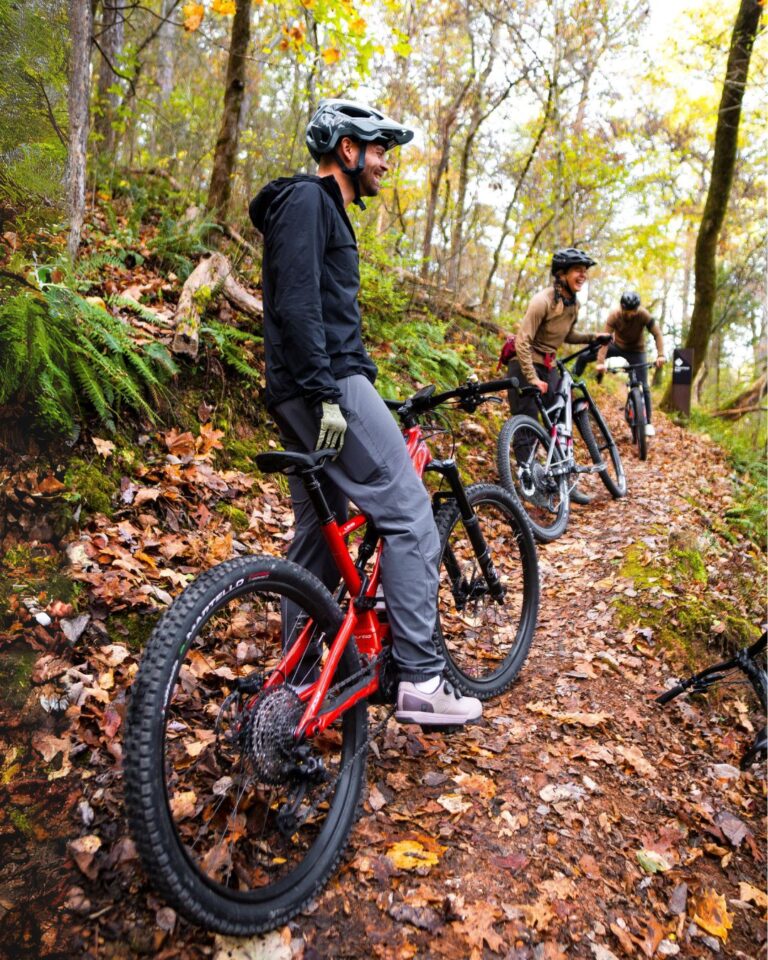Mastering Descent 101: Gearing Strategies for Downhill Bikes
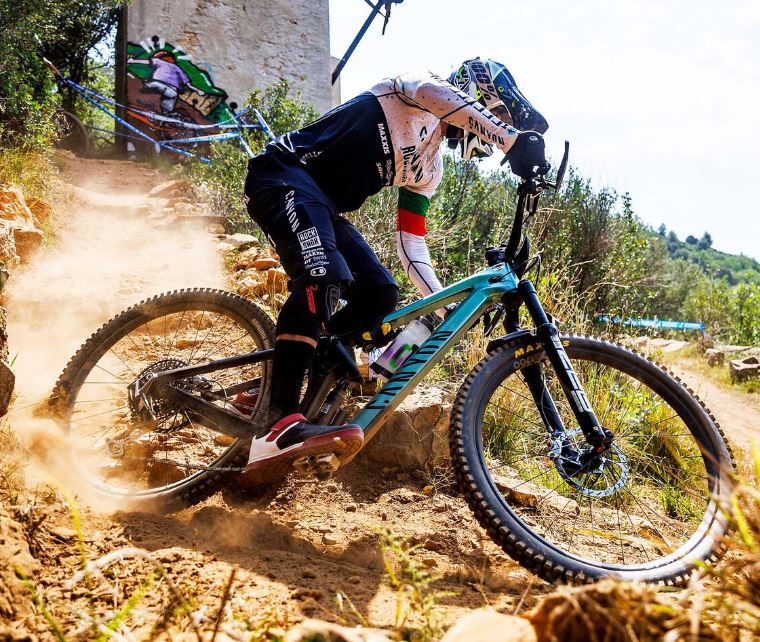
Key Point Summary of Gearing Strategies for Downhill Bikes:
- Optimizing Gear Ratios: Importance of selecting the right gear ratios for speed and control on downhill runs.
- Single Chainring Setups: The prevalence and benefits of 1x drivetrains in downhill biking for simplicity and efficiency.
- Speed Optimization: How gear selection impacts acceleration and top speed on different sections of a downhill course.
- Chain Retention: Importance of chain guides and tensioners in maintaining chain stability at high speeds and rough terrains.
In the thrilling world of downhill mountain biking, where every second and every pedal stroke counts, understanding and optimizing your bike’s gearing can significantly enhance your performance. Drawing upon my extensive experience across a variety of cycling disciplines, I’ve come to appreciate the nuanced role that gearing plays in mastering downhill trails.
Optimizing Gear Ratios
Downhill biking demands a specific approach to gearing. Unlike cross-country or trail riding, where a wide range of gears is essential to tackle varied terrain, downhill focuses on optimizing for speed and control during descents. The choice of gear ratios is critical—too high, and you may find yourself pedaling air; too low, and you might not have the acceleration needed out of corners or in flatter sections.
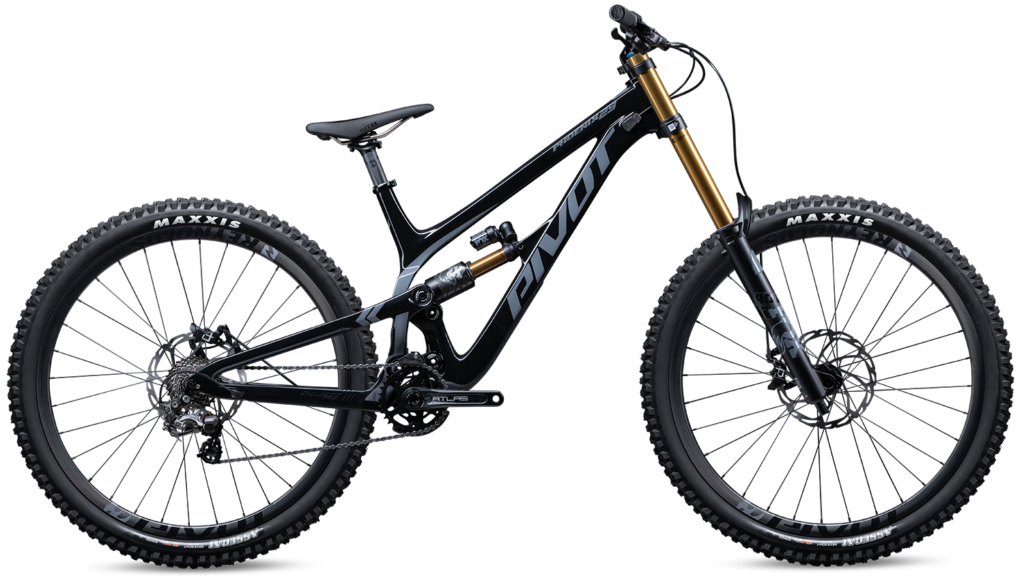
The Rise of Single Chainring Setups
The modern downhill bike almost universally adopts a single chainring (1x) drivetrain. This setup simplifies shifting, reduces weight, and minimizes the chances of mechanical issues mid-run. A typical setup might feature a 32 to 36-tooth chainring upfront, paired with a cassette that offers a sufficient range for pedaling sections without overcomplicating the gearing.
Speed Optimization Through Gearing
The key to speed optimization in downhill lies in selecting gears that allow for maximum acceleration out of turns and maintaining momentum on flatter sections. The right gear should enable you to pedal effectively without spinning out, ensuring that every bit of your energy is translated into forward motion.
Ensuring Chain Retention
At the speeds and over the rough terrain encountered in downhill biking, keeping the chain securely on the bike becomes paramount. This is where chain guides and tensioners come into play. These components are crucial for preventing chain derailment, ensuring that your bike remains drivable and responsive throughout your run.
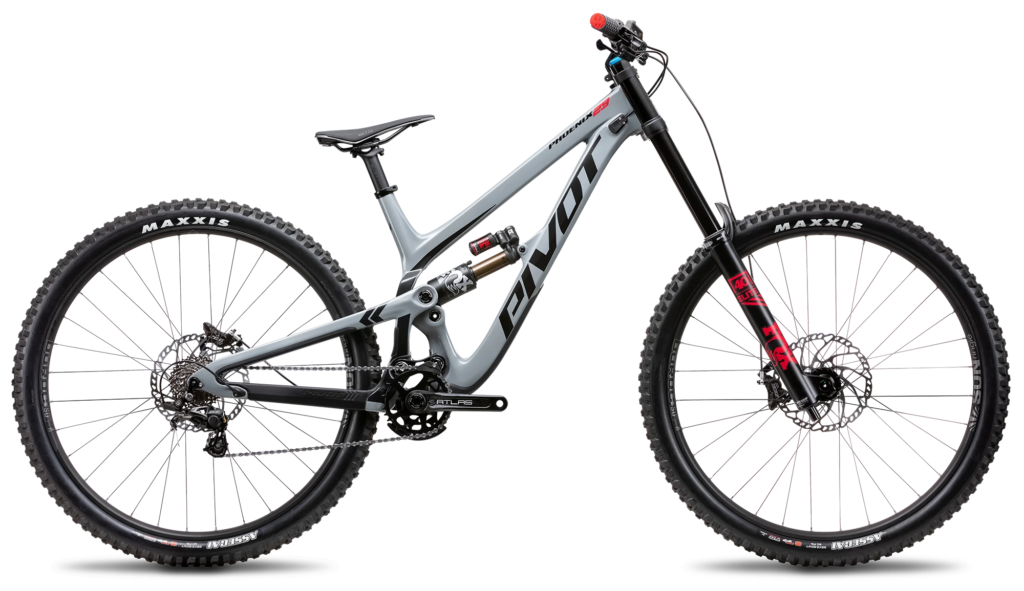
Personal Insights
From personal experience, the moments spent tweaking and testing gear setups before a race have often been as critical as the training runs themselves. Finding that sweet spot where the bike feels like an extension of your own capabilities is a deeply personal journey. It’s not just about the numbers on the chainring or cassette; it’s about how those gears translate to performance on the trail.
Gearing Strategies for Downhill Bikes: Wrapping Up
Gearing strategies for downhill bikes encompass much more than simply selecting a set of components. They’re about understanding the unique demands of downhill racing and tailoring your bike’s setup to meet those challenges head-on. Whether you’re a beginner looking to dial in your first downhill bike or an experienced racer seeking that extra edge, taking the time to optimize your gearing can lead to significant improvements in your downhill performance. The best gear setup is the one that feels right for you and your riding style, enabling you to push your limits with confidence and control.
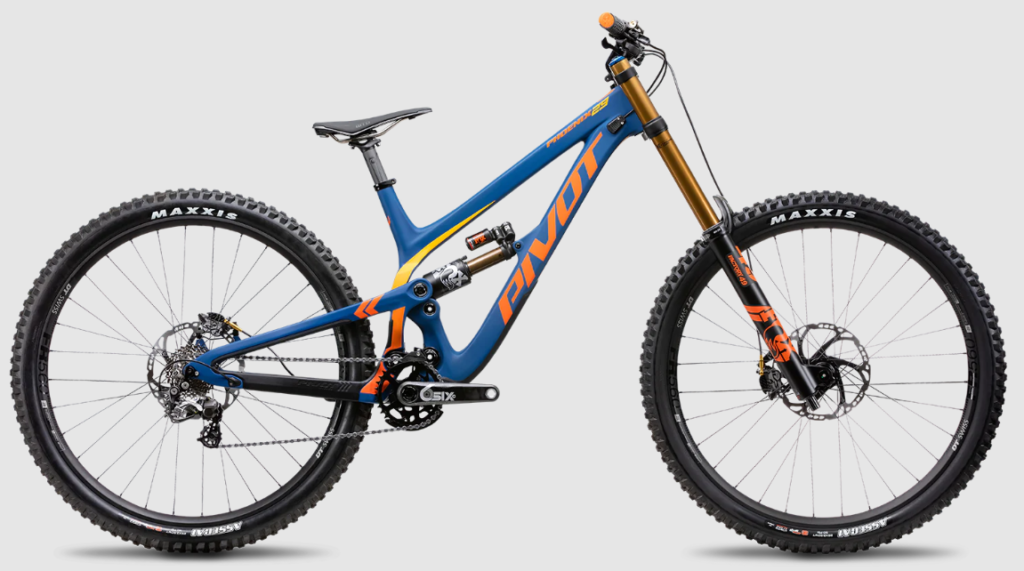
The Pivot Phoenix is a top-tier downhill mountain bike designed by Pivot Cycles, known for its lightweight carbon frame, advanced DW-Link suspension, and downhill-focused geometry. It offers stability, control, and responsiveness on challenging terrains, equipped with high-end components suitable for downhill racing and park riding. Adjustable geometry and customization options allow riders to tailor the bike to their preferences and the demands of specific tracks. The Phoenix is ideal for riders seeking peak performance and durability in downhill conditions.
Ride on
John
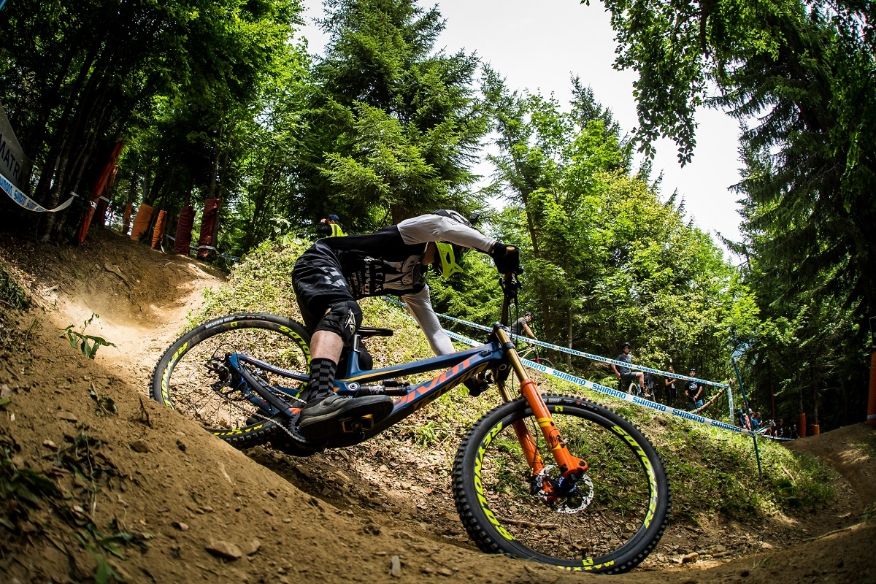
FAQ
What gear should I put my bike in when going downhill?
Use a higher gear to maintain control and stability at higher speeds downhill.
What gear do I need for downhill mountain biking?
You need protective gear (helmet, gloves, pads), a full-suspension bike with low gearing, and strong brakes.
What gearing is best for hills?
A lower gear ratio is best for climbing hills, allowing you to pedal more easily with less force.
What is the best gear ratio for hill climbing mountain bike?
A gear ratio around 1:1 (such as a 32-tooth chainring with a 32-tooth cog) is effective for steep climbs, providing a balance between pedaling resistance and maintaining forward momentum.

